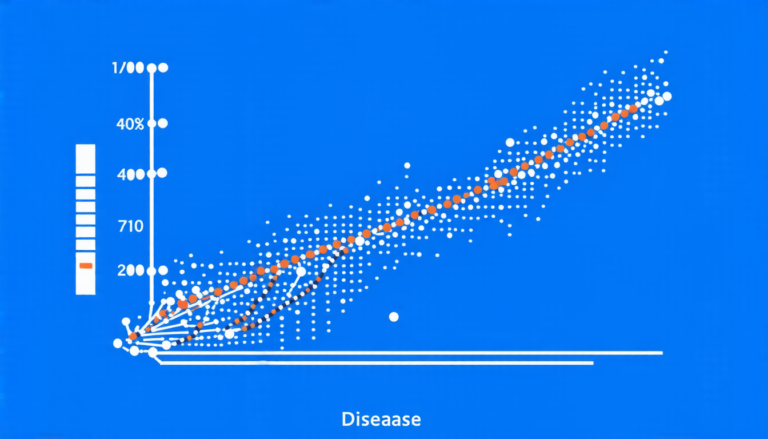Wednesday 16 April 2025
Scientists have made a significant breakthrough in understanding how cells move and respond to their environment, a process known as chemotaxis. This complex phenomenon occurs when cells sense chemical gradients and adjust their movement accordingly, allowing them to navigate through tissues and find food or mates.
To study this process, researchers developed a mathematical model that combines elements of physics, biology, and statistics. The model simulates the movement of cells in response to chemical signals, taking into account factors such as cell size, shape, and speed. By solving these equations, scientists can predict how cells will behave under different conditions and identify key players in the chemotaxis process.
One of the most significant findings is that the behavior of individual cells is influenced by a random component, making their movement unpredictable at short timescales. However, when many cells are considered together, their collective behavior becomes more predictable and follows a pattern. This insight has important implications for understanding how cells coordinate their movements to achieve specific goals.
The researchers also discovered that the strength of chemical signals can influence the speed and direction of cell movement. When signals are strong, cells move faster and in a more directed manner, while weaker signals result in slower and more random movement. These findings have significant implications for our understanding of how cells respond to their environment and interact with each other.
The study’s results also shed light on the role of random fluctuations in chemotaxis. While these fluctuations may seem like noise, they actually play a crucial role in allowing cells to adapt to changing environments and make decisions about where to move. In other words, randomness is essential for cell movement and decision-making.
The researchers’ approach combines mathematical modeling with computer simulations, allowing them to test their hypotheses and refine their models. This interdisciplinary approach has led to significant advances in our understanding of chemotaxis and its role in biological systems.
Overall, this study provides a new perspective on the complex process of chemotaxis, highlighting the importance of randomness and collective behavior in cell movement. The findings have important implications for fields such as biology, medicine, and engineering, and may lead to new insights into how cells respond to their environment and interact with each other.
Cite this article: “Unlocking the Secrets of Cellular Movement: A Mathematical Model of Chemotaxis”, The Science Archive, 2025.
Cells, Chemotaxis, Movement, Signals, Randomness, Fluctuations, Biology, Physics, Statistics, Modeling







